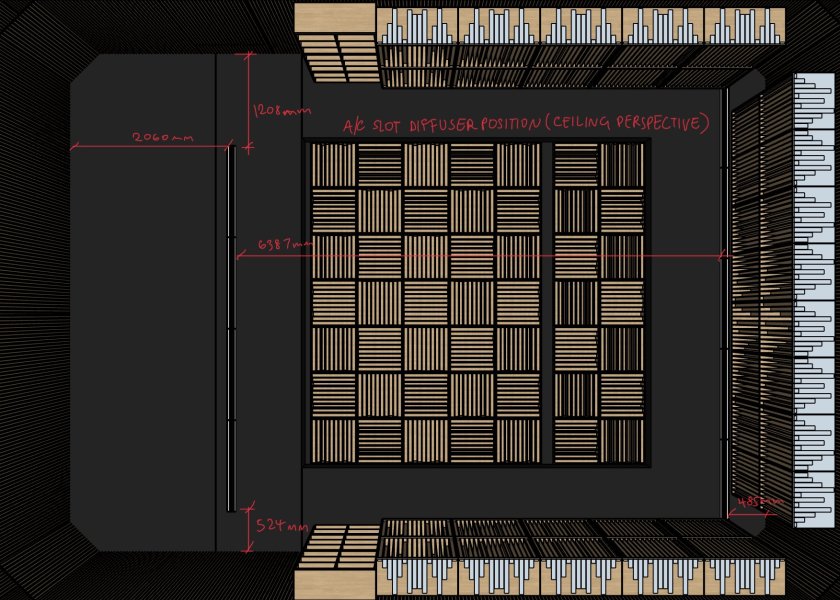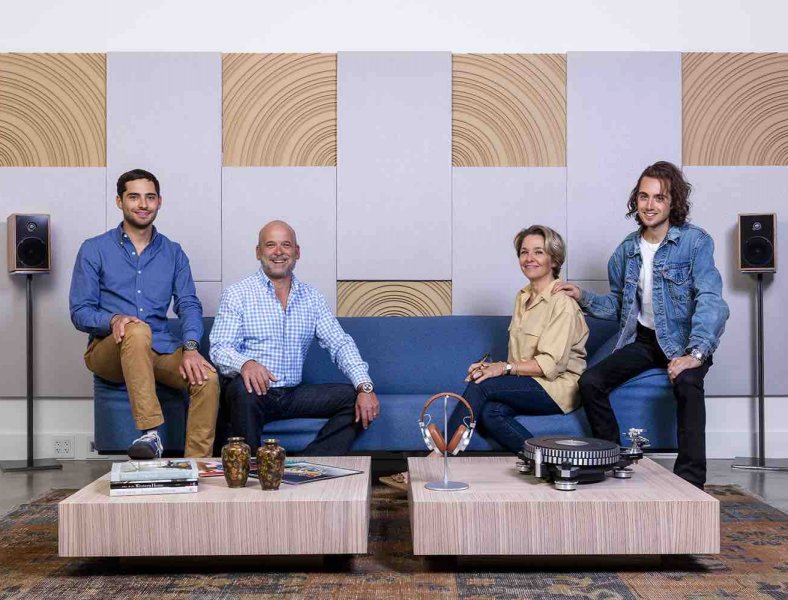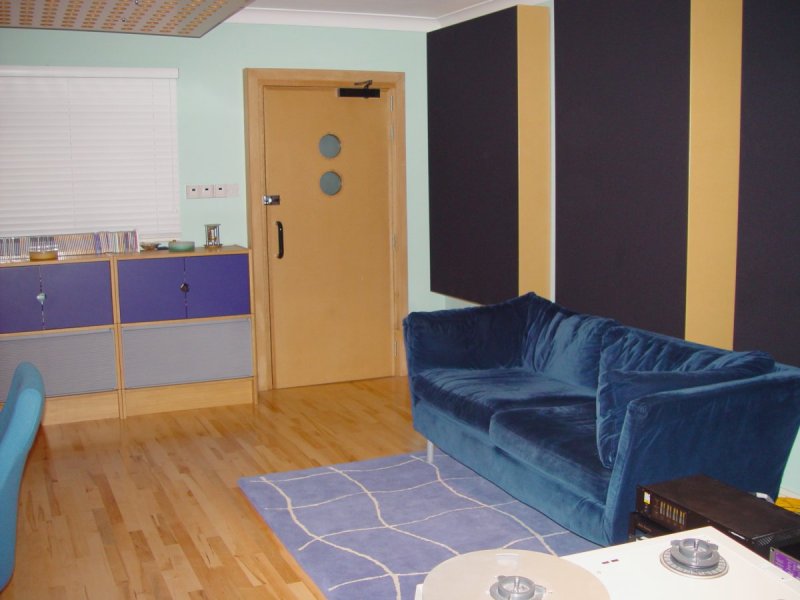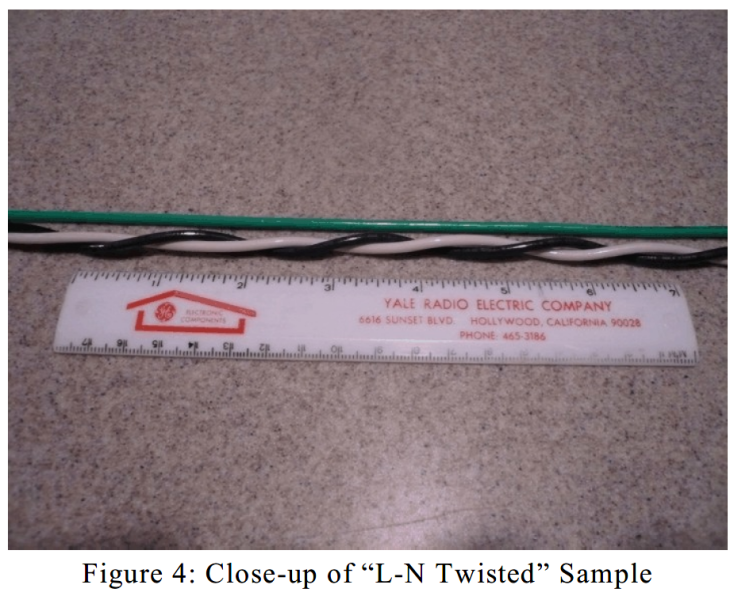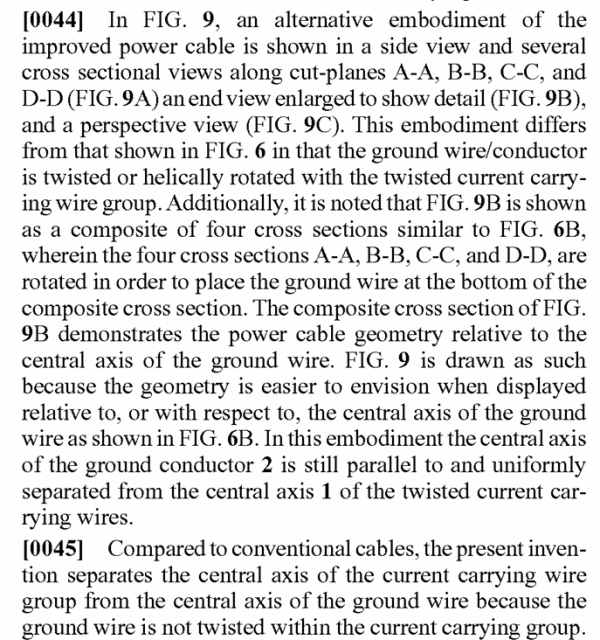Hi pjwd, your observations and opinions are very valuable, as you're helping me think through the issues from multiple angles. Pease continue to engage me!
After much deliberation, my verdict is to continue favoring P17 QRDs on the sidewalls instead of hemispherical diffusers, due to the following desirables:
- attenuation of direct sound striking at 45 degree of incidence by ~20dB (see chart below), more than sufficient to make the reflected sound inaudible, according to the principles of the precedence effect
- consistent response over a wide bandwidth of 250Hz - 3.5kHz, resulting in a spectrally neutral sound
- decorrelation of direct sound through comb filtering, desirable to increase perceived differences between direct and scrambled/indirect
- avoiding the perception of lobing and out-of-phase reflections, by locating the listening position beyond the minimum distance, typically defined by 1.5-2.0 the wavelength of the lowest bandwidth of the QRD (250Hz wavelength of 7 feet x 2 = 14 feet minimum)
- the math: the sidewalls will be ~2.0m away laterally from the loudspeakers; laterally-projected soundwaves will travel diagonally over longer distances before striking the QRD P17s, then double that distance as travel diagonally towards the listening position, and in total travel more than 6.0m or 20ft
What might the alternatives be?
- absorption (frequency-specific, thus selective and non-linear absorption, most in the highs)
- scattering (typically, small geometries address only the high frequencies, leaving mids and lows untouched)
- untreated first reflections (high-energy phantom reflections)
- redirected first reflections (mid-energy phantom reflections)
All of the above alternatives seem to me to have their own idiosyncratic sonic signatures, departing from the ideals of consistency, neutrality, and predictability offered by the P17 QRDs.
Also, I believe that phase-correct reflections resemble mirror images in a "house of mirrors", creating undesirable duplicates which make it less easy to differentiate between the direct sound and indirect sounds through interference, particularly if the reflections are not attenuated sufficiently. But attenuation will make the room will sound more "dead", especially if the levels and rates of absorption is not uniform across the frequency spectrum.
Phase-scrambled reflections, on the other hand, increases the contrast between the direct and indirect sounds without deadening the room, enhancing articulation and development of discrete 3D images in the soundstage. It's well documented and universally accepted that the "sound" of large and deep QRDs is extremely neutral, uncolored, and impart a very desirable characteristic of pushing the perceptible boundaries of a room far away, expanding the soundstage while enhancing the articulation and location of the instruments within. I hear this in abundance in my own listening room which is extensively treated with QRDs.
Admittedly, anchoring 10 large pieces of P17 QRDs on each sidewall is a very expensive proposition, I don't believe it is misguided or risky because there is plenty of psychoacoustical science and rationale for this. Perhaps of the expense and space required, exactly zero other audiophiles have even attempted doing this, and therefore none have ever heard its qualities?
Aesthetics wise, they will be off to the sides beyond the boundaries of peripheral vision, colored in a dark stain, and unlike horizontal stripes, its vertical slats will not trigger strange flickering neural-visual sensations originating in the retina. The listening environment will be zen-like in its quietness (I expect the ambient noise be sub-30dBA), and very much "alive" with its wonderfully exceptional acoustics.
Would appreciate any information on why phase-correlated sidewall reflections might be a definitively better solution!
View attachment 144301

